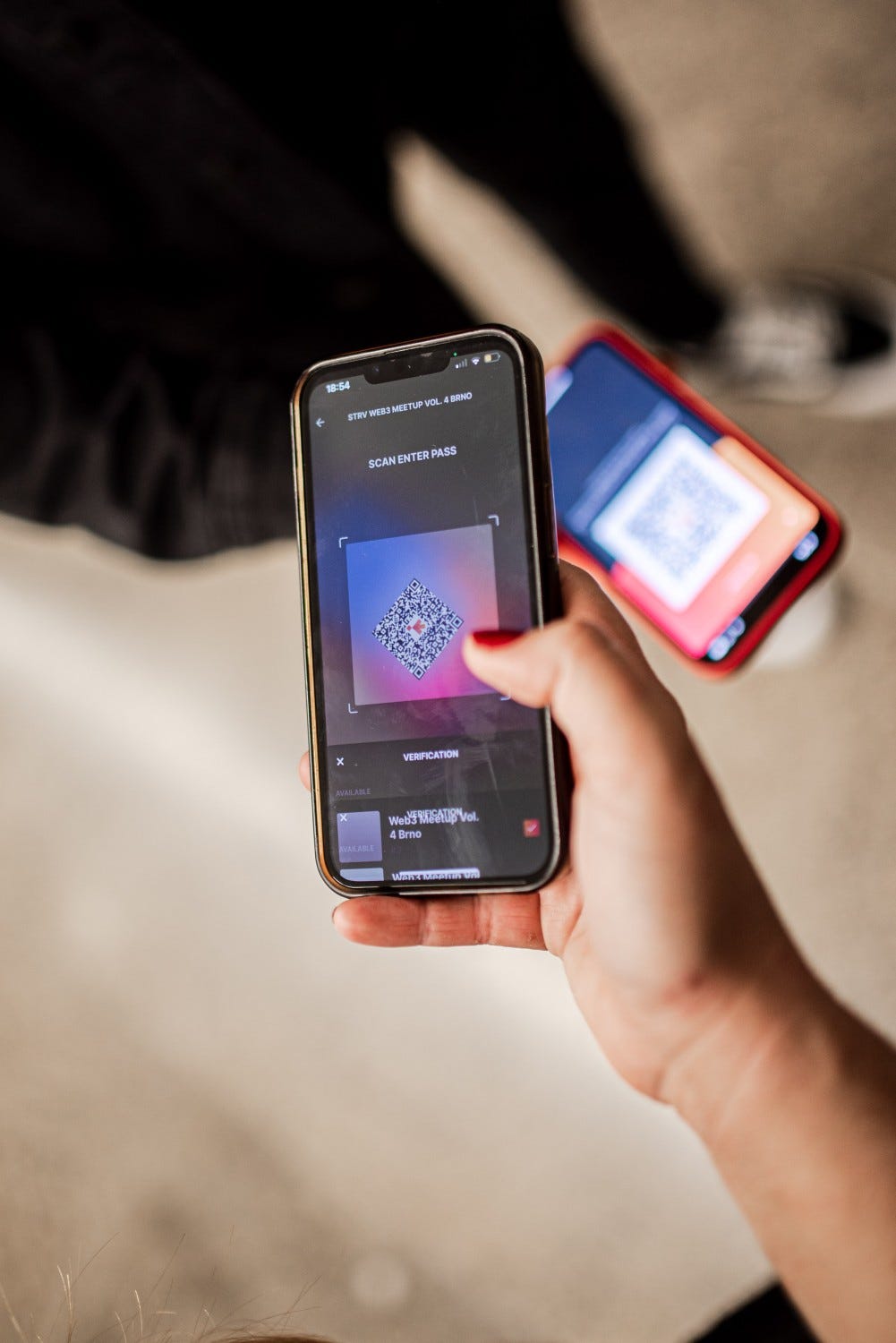Capturing Moments: A Guide to Event Photography
Photos are often overlooked and an undervalued part of professional event planning. You might be wondering, do I need a photographer? Of course you do. Most of your partners wouldn't be happy if their logos, stalls and banners weren't visible on any socials. Photos are also a great tool that helps you in promoting your event to a broader audience or in future for the next year.
But what about the situation when you can't afford a photographer and just want to do it by yourself? First of all, it is ideal to get a photographer, but, if there is no other option, read carefully as in this blog, we have put down the most important aspects of event photography you need to know.
Equipment
The right equipment is essential for capturing high-quality event photographs. Here are some key items to consider:
Camera
A DSLR or mirrorless camera with manual settings is a must. These cameras provide control over exposure, focus, and other crucial elements.
Lenses
Invest in a variety of lenses to cover different scenarios.:
A versatile zoom lens (e.g., 24-70mm) is great for general use. You will be using it most of the time.
While a wide-angle lens (e.g., 16-35mm) is handy for group shots and capturing the event's atmosphere.
A prime lens with a wide aperture (e.g 50mm f/1.8 or 85mm f/1.8) is excellent for low-light conditions and creative shots.
If you are hosting an event with a stage, a tele-photo lens is a must, ideally you should look for a 70-200mm focal length or even longer 100-400mm.
Flash
A dedicated external flash with bounce capabilities can help you achieve better lighting in indoor or low-light environments. Diffusers and modifiers can soften harsh flash lighting for a more natural look.
Tripod
A sturdy tripod is invaluable for stable shots, especially in low-light situations or when using slow shutter speeds. A saying goes like this, you only buy two tripods - the (cheap) first one and the right one.
Memory Cards and Batteries
Carry multiple high-capacity memory cards and extra camera batteries to ensure you don't run out of storage or power during an event. You should count with at least 3-4 batteries per day and 256gb of storage for a 2 day event.
Angles
Event photographers often need to adapt to various shooting scenarios. Here are some angle considerations to keep in mind:
Candid Shots: They capture authentic moments and emotions. Blend into the crowd and be discreet to capture unposed, natural expressions.
Wide Shots: Wide-angle shots showcase the event's setting and atmosphere. Capture the surroundings to provide context for the event. Often you can create quite dramatic shots that really show the spirit of your event.
Close-Ups: Zoom in to capture the finer details – a tear of joy, a loving glance, or an intricate decoration.
Low and High Angles: Experiment with shooting from different angles. Low angles can add drama and make subjects appear larger, while high angles can provide a unique perspective.
Action Shots: Freeze motion with fast shutter speeds to capture action and movement effectively, whether it's dancing, sports, or other dynamic moments.
Post-Processing
It plays a crucial role in enhancing event photos. Here are some tips for effective post-processing:
Culling
Review your images and select the best shots. Delete duplicates and poorly composed photos.
Editing Software
Use photo editing software like Adobe Lightroom or Photoshop to adjust exposure, contrast, and color balance. When you have more photos we would just stick with Lightroom. Also don't forget to use the new AI denoise feature, which helps to bring the most out of your photos.
Color Correction
Ensure accurate color representation by correcting white balance and removing color casts.
Cropping
Crop images for better composition or to remove distracting elements. For landscape photos you should keep an aspect ratio of 3:2 or 16:10 (16:9). When you want to capture portraits, the ideal crop for social media is either 1:1 or 5:7. Generally you should keep on mind, that cropping is supposed to help you better curate the emotion that the observer will get from the photo.
Preserve Authenticity
While editing is essential, strive to maintain the authenticity of the moment captured. Avoid excessive retouching that alters the genuine emotions and atmosphere.
Event photography is about more than just pressing the shutter button. It requires the right equipment, a keen eye for angles, and skillful post-processing to create captivating images that tell the story of the event. With practice and dedication, you can take great event photos, preserving memories that will be cherished for years to come. So don't worry, you will do great.







